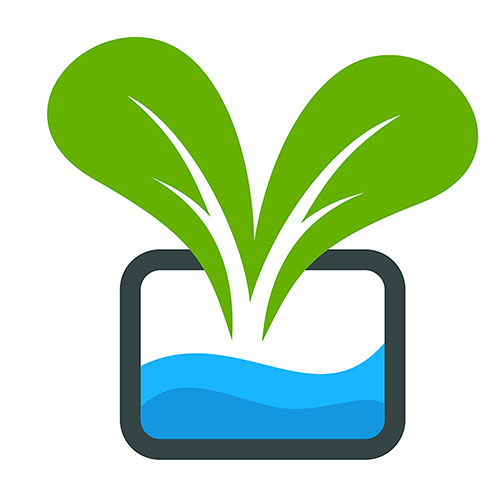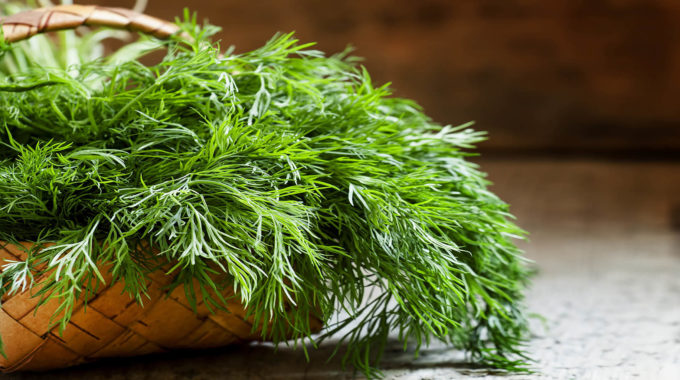Do you want to start an indoor, self-sustaining herb garden? Are you considering growing thyme…
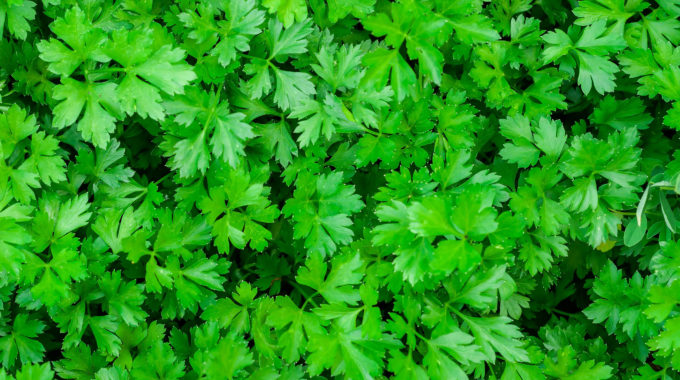
Parsley
Growing parsley in your hydroponic garden will be a breeze! In this guide, I will take you through the materials you need along with the steps to take. Also, I will add in any tips and tricks that you can incorporate into your hydroponic garden!
Gardening is a fun and rewarding activity that can have you eating delicious homegrown vegetables in no time. If you’re looking for an easy to grow crop, the herb parsley is a great choice! Growing your own hydroponic parsley has many benefits, including it needing minimal space and effort yet still yielding plenty of tasty and nutritious leaves. In this guide, I will provide all the tools needed to plant parsley in your hydroponic garden, as well as step-by-step instructions on how to successfully do so. Additionally, I will provide some additional tips and tricks that you can use to ensure that growing parsley in your hydroponic garden will be easy!
Parsley Facts:
- Optimal PH: 5.5–6.0
- 8-18 PPM
- cF – 560-1260
- Temp: 60–75ºF
Grows Well with in Soil
- Corn
- Asparagus
- Tomatoes
- Beans
- Apples
- Pears
Hydroponic Parsley
Did you know the herbs that are grown hydroponically have 20-40% more aromatic oils? Therefore, what you’re growing in your DIY hydroponic garden, or AeroGarden Harvest, has more culinary value than picking up herbs at your grocery store! How cool is that!?
Growing your parsley hydroponically is one of the easiest herbs because of the wide variation in temperature, and because it absorbs the nutrients quickly.
There are two main types: curly leafed and Italian.
Hydroponic parsley is actually beneficial when it comes to space. Why? Because when it is planted in the ground, you have to give the plants more space and spread them out because the roots will grow sideways. When the parsley is in a hydroponic system the roots grow downwards. Thus, giving you more room!
It needs around 6 hours of light that is uninterrupted.
Growing parsley indoors offers several benefits. It is well-suited to growing in containers so takes up little space and requires minimal maintenance. Parsley prefers partial sun and grows best indoors when provided at least four hours of bright light each day, such as near a south-facing window. It is also highly nutritious, containing vitamins A, B, C and most of the minerals required for humans to stay healthy. Parsley can be harvested from indoor plants throughout the year, providing you with a fresh supply year-round.
Hydroponics is a method of growing plants without soil, instead relying on nutrient-rich water to deliver essential growth requirements. The use of hydroponics for growing parsley can allow for increased yields with higher levels of aromatic oils, as well as more efficient use of space and fewer pest infestations than regular soil-grown crops.
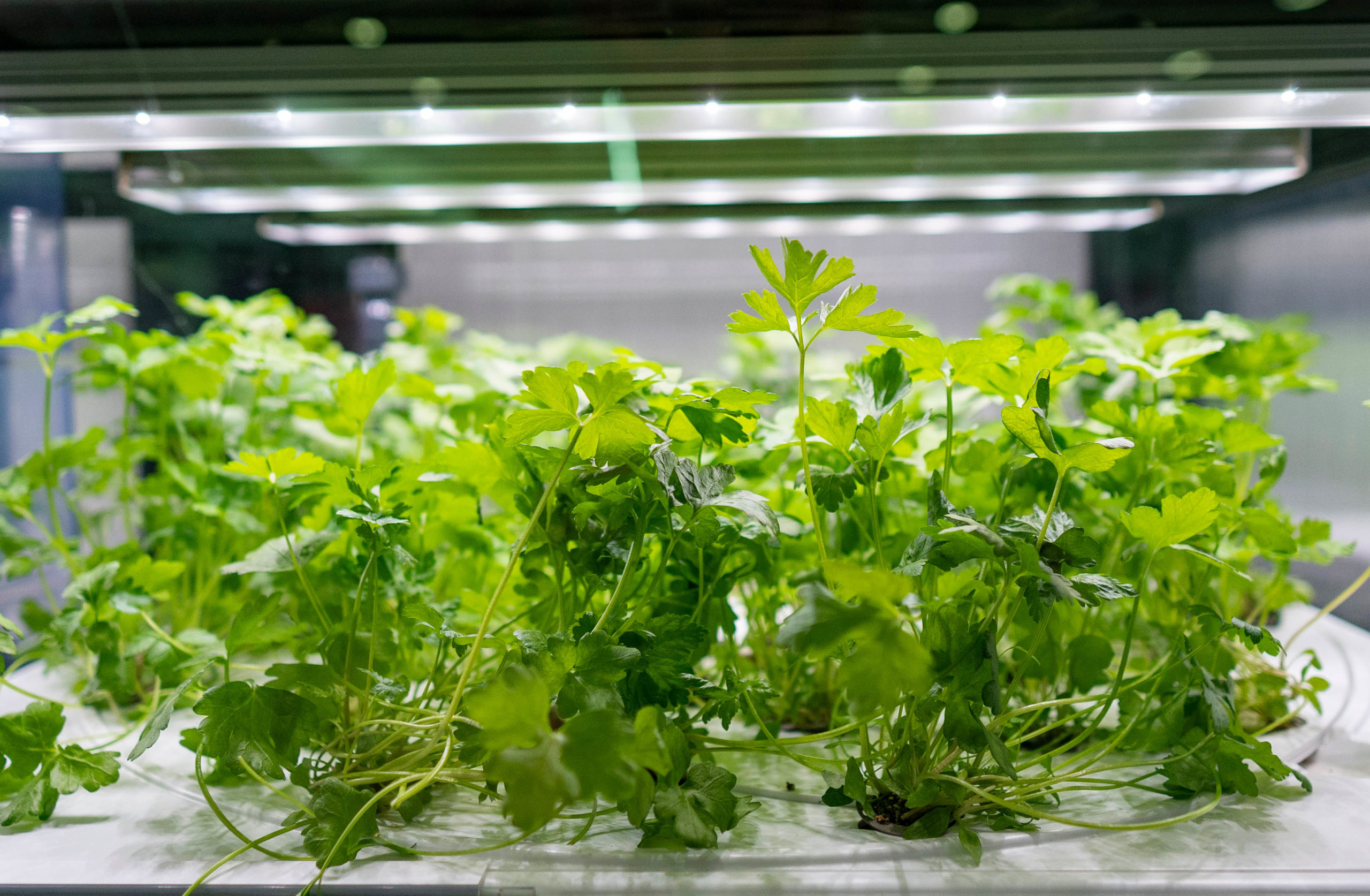
– Get all the essential vitamins, minerals and antioxidants from one convenient source: fresh parsley!
– Add an earthy flavor to your favorite dishes that will be sure to have your guests coming back for more.
– Improve digestion, boost immunity and lower blood pressure with regular consumption of this healthy green.
– Safe for individuals of all ages to enjoy and can even be given in small dose to furry pets!
– Grown with organic methods to ensure that you get only the best quality herbs.
Growing herbs in a hydroponic garden has become an increasing popular, and sustainable, method for many of us to enjoy. One of the greatest benefits to this type of gardening is that acids and aromatic oils are increased as much as 20-40%. That means that you can get more flavors and richness from your culinary experience with herbs grown hydroponically. Let’s take a look at why parsley should be planted in particular in your DIY hydroponic garden set up or AeroGarden Harvest along with a few tips on how to create the best environment for optimal yield.
Hydroponic Parsley
Indoor Parsley
When you grow parsley indoors, make sure that you have the correct amount of nutrients and a lot of light.
This herb is a Mediterranean native that is commonly used for both cooking and garnishing.
Parsley also doesn’t have a very long taproot, which is why its great for AeroGarden, the Kratky method, or any DIY hydroponic systems.
If you’re growing with AeroGarden, make sure to add additional nutrients every few weeks. By doing this, you will end up with an attractive parsley plant that has large, vibrant leaves that make a tasty addition to salads, soups, and stir fries!

Pruning
Pruning is an important step in ensuring that your parsley stays lively and produces high-quality leaves throughout the growing season. To prune your parsley plants, cut them back to 3 inches above soil level with sharp gardening shears. This will help promote vigorous growth and promote bushiness within the plant. Pruning frequently will also help prevent bolting (producing flowers and seeds instead of new leaves) and will keep plants compact for easy harvesting!
Harvesting Your Parsley
When harvesting parsley, it’s important that you only cut as many leaves as you plan to consume immediately since parsley doesn’t store well when fresh. To harvest, simply snip off cleanly at the base of each leaf cluster with a pair of scissors or gardening clippers being careful not to damage any other nearby foliage. If you’re looking for larger amounts of parsley, then don’t cut more than 1/3rd of the total amount at one time – otherwise you risk stunting your plant’s growth potential. Additionally, try not to harvest too frequently – only removing leaves when they reach 2-3 inches long so that there is always something left behind for future harvests!
Pest Control
Pest infestation on hydroponic parsley is a rare occurrence; however, if present, insecticidal soap can be used to combat them.
Diseases
When growing indoors, diseases are hard to come by. Although fungal diseases are common with indoor hydroponics, this could be a cause of the water, air flow, or nutrients.
Tips & Tricks
- When you go to harvest, you can cut down until 3 inches is left from the bottom.
- Do not trim anything until 3-4 weeks for a full growth cycle.
- You can trim your plant to be a few inches shorter than a grow light.
- Both types of parsley are easy to grow! Italian or curly!
- Parsley doesn’t need a lot of room to grow, however, the more space you can give it the bushier the leaves will be.
- If you’re looking for variety when it comes to flavor then you have two main types to choose from: curly leafed and Italian. Curly Parsley has a much more intense flavor, while Italian Parsley is milder and more similar to cilantro – both equally delicious though!
- Start by chopping up the root ball into small pieces and then gently push them into starting cubes incorporating oxygen; this process will help ensure robust root growth down the road.
- Make sure your nutrient solution is pH balanced between 5-6 so that nutrients are absorbed efficiently; if below this range, limescale could develop which would thwart development.
- Keep temperature around 21°C/ 70°F; these plants thrive in warmer environments.
- Finally turn off any intense light sources for about half an hour quality time daily; again indirect light works best here but direct light can be used occasionally just not extremely bright full spectrum lighting. Hydroponic gardening has released us from countless restrictions – such as space or weather conditions – allowing our resources about nutrition and care to improve steadily over time especially for those inclined towards growing their vegetables & herbs indoors.
- Hydroponically grown parsley provides tremendous value when used locally avoiding unnecessary shipping contributing positively greenhouse gas emissions while providing a considerable amount of fragrance & flavors simultaneously!
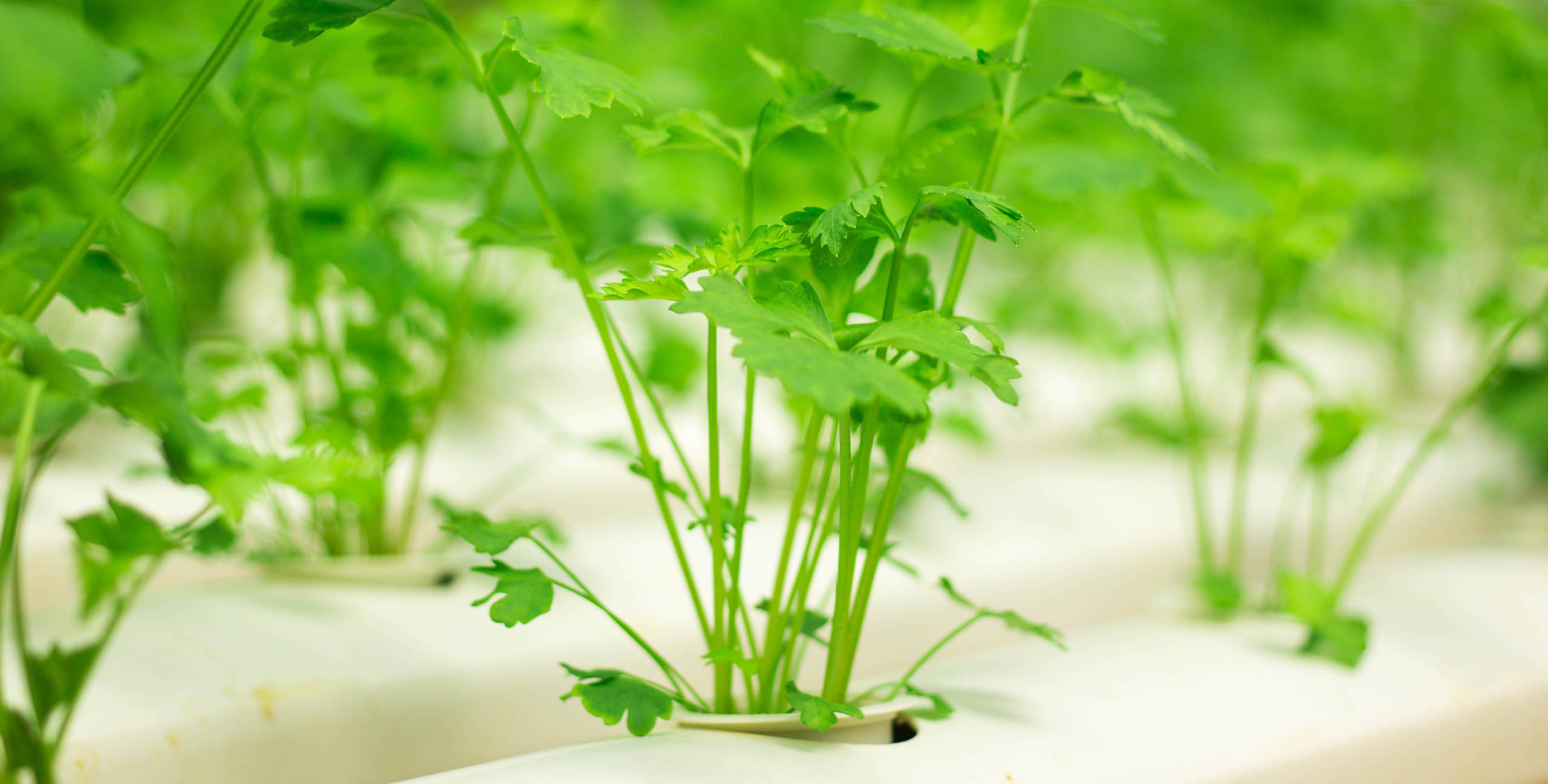
Inside Scoop
Growers say that after you transplant, it is about 6 – 8 weeks before the plant if fully mature; about 8 weeks until you can start harvesting regularly.
When starting parsley in your AeroGarden, try pairing it with basil or dill.
Hydroponic herbs and veggies only uses 10% of water that would be used in traditional gardening. Therefore, if you’re able to continue growing it hydroponically it will grow faster than transplanting it!
Recommended Seeds:
- AeroGarden Gourmet Herb 3-Pod: Has Genovese Basil, Curly Parsley, and Dill.
- AeroGarden Gourmet Herb 6-Pod: Has Genovese Basil, Thai Basil, Curly Parsley, Thyme, Mint, and Dill.
- AeroGarden Gourmet Herb 9-Pod: Has Genovese Basil (2), Thai Basil, Curly Parsley, Thyme, Chive, Mint, Dill, and Italian Parsley.
- Parsley Italian Seeds: You can use these seeds in their AeroGarden Grow Anything Seed Pod Kit.
- Curly Parsley Seeds: You can use these seeds in their AeroGarden Grow Anything Seed Pod Kit.
